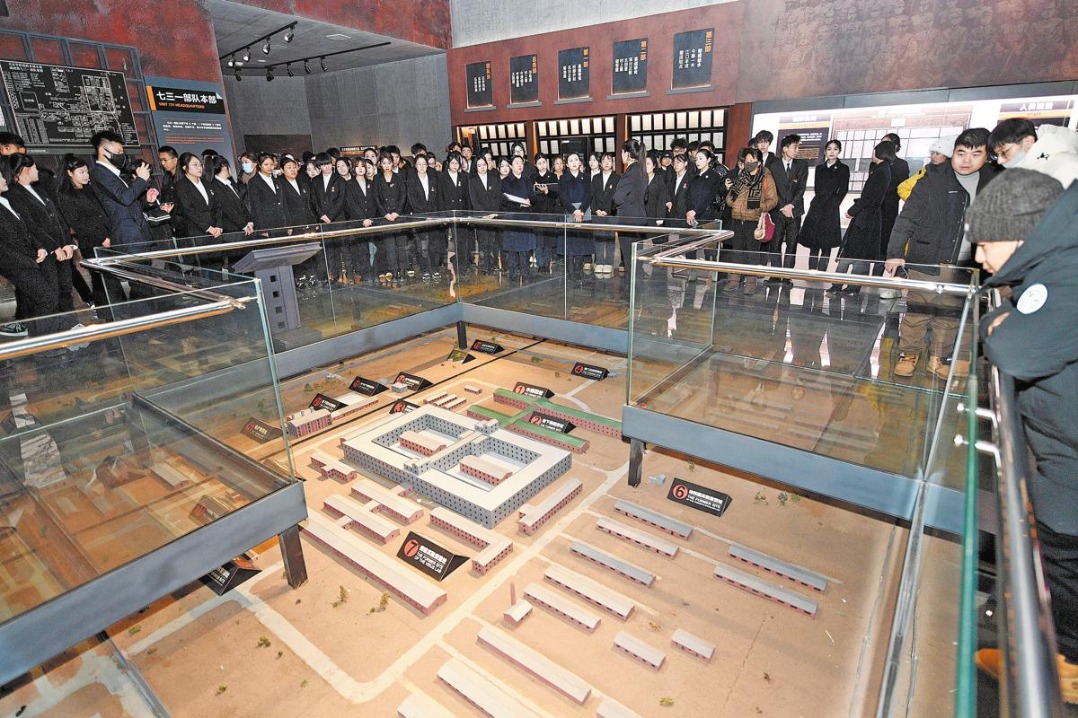Pride in thangka tradition motivates artist


"It's amazing to see how so many beautiful works have been preserved because artists used this type of mineral pigment. Take the murals at Dunhuang or in the Potala Palace, for example — they've stayed vibrant for hundreds of years without fading. That's really something unique about our Eastern murals," Niangben said.
The use of natural mineral pigments allows thangka paintings to endure for millennia, giving them exceptional collectible value. The high-quality materials are also very costly.
He said that the use of the pigments makes the art form hard to replace with today's digital painting — as thangka art has strict requirements for color-mixing, outlining and more. It not only requires the meticulous techniques of traditional Chinese painting but also demands the artist's skill in grinding pigments and controlling temperature and humidity.
When painting Buddha figures, he likes to use bold, exaggerated colors alongside the statues' graceful forms, blending reality with imaginative settings to create a vivid artistic world. In contrast, when depicting real-life scenes, he uses natural colors to capture the simplicity of the landscape.
"These colors aren't just basic watercolors or oil paint colors — they are all carefully mixed and ground by hand. The progress is also pretty complex. We need to grind the minerals daily, and even small changes in pressure can subtly shift the color. For example, heavier grinding might produce one shade, while a lighter grind gives you another," Niangben said.
























